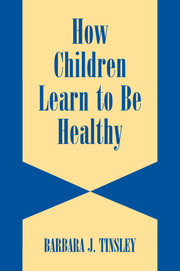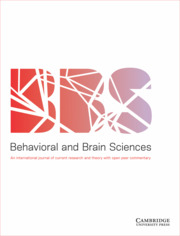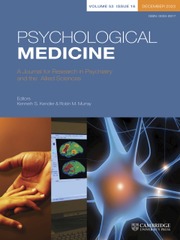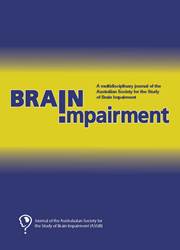How Children Learn to be Healthy
Exploring the ways in which children learn to be healthy, this book examines children's understanding of health, from early childhood through adolescence, and how it affects their behavior and actual physical health. The study scrutinizes the ways in which parents, other children, schools, media, and children's home and neighborhood influence children's health, attitudes and behavior.
- First book to look at children's socialization of health from a developmental perspective
- Interdisciplinary perspective (pediatrics, public health, education, child psychology)
- Detailed chapters on how peers, schools, and the media teach children about health and risk
Reviews & endorsements
"A concise yet comprehensive review of the literature related to children's development of health beliefs, attitudes, and behaviors.... For anyone interested in improving the health of children and thus, the nation. Recommended." Choice
Product details
November 2002Hardback
9780521580984
198 pages
236 × 157 × 19 mm
0.426kg
Available
Table of Contents
- 1. Mechanisms and consequences of socializing children to be healthy
- 2. Children's health understanding and behavior
- 3. Parents' health beliefs
- 4. Parents' promotion of children's health
- 5. Parents' promotion of children's sexual health
- 6. Peers, schools, and children's health
- 7. How television viewing and other media use affects children's health
- 8. The social ecology of children's health socialization
- 9. Summary and conclusions.






